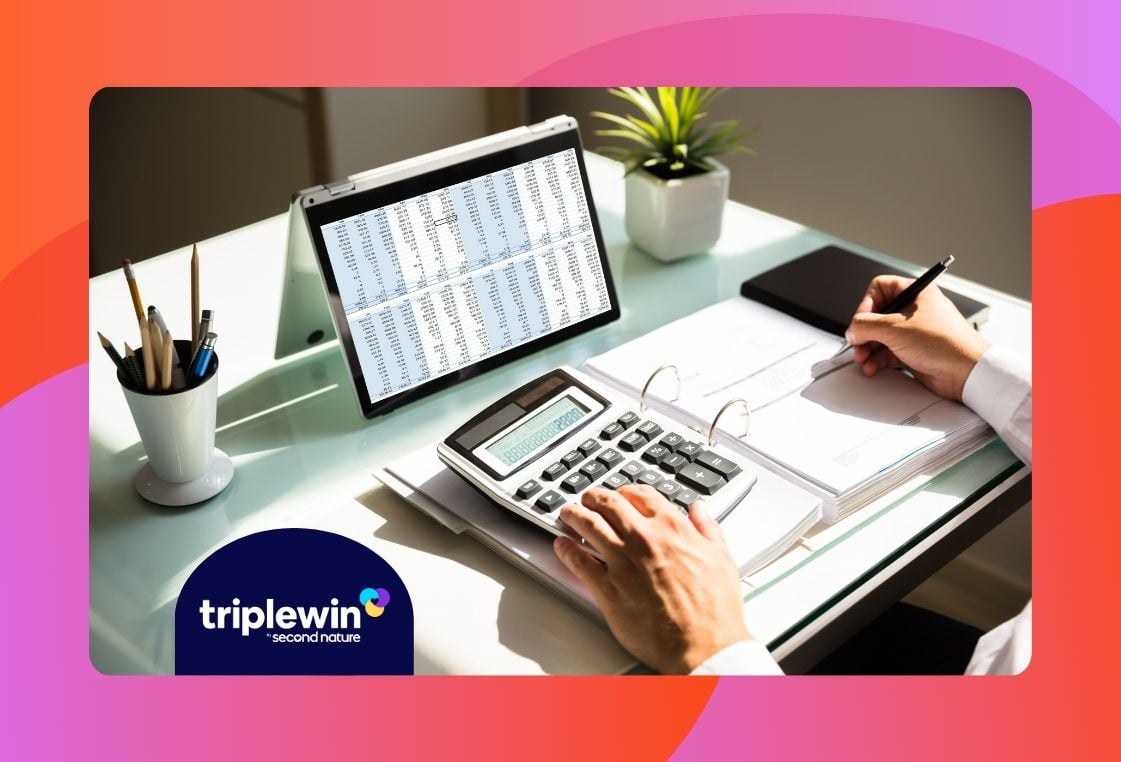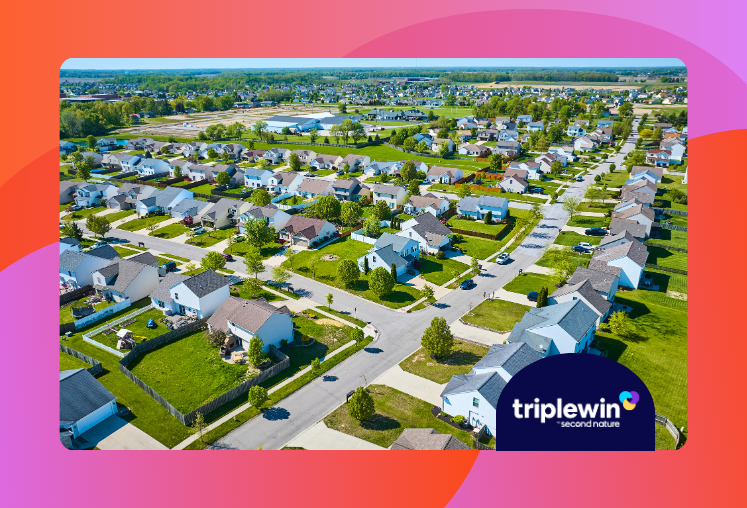The Resident Benefits Package (RBP) is one of the leading strategies in SFR property management today. It helps drive resident retention and satisfaction, increase profits for the property investor, and build better property management teams and workflows. A similar product is the Investor Benefits Package (IBP) which also drives value for residents, property managers, and investors.
But there's one issue with RBPs and IPBs that many property managers get tripped up on: pricing. How do you choose how to charge for your Resident Benefits Package? How do you ensure you aren't lowballing yourself or pricing yourself out of the market? How do you market it to your residents and investors? How do you ensure a smooth rollout?
It's not as complicated as you think. Andrew Smallwood of Second Nature breaks down the best way to price an RBP by sharing some simple insights most Property Managers may not have even considered.
TRANSCRIPT
Andrew Smallwood:
Hello professional property managers. Andrew Smallwood here. And I just wanted to record a quick video because there's a common mistake being made and it's a painful mistake, it's a totally avoidable painful mistake, totally preventable, as it relates to pricing resident benefits packages.
I'm going to use my other camera here just to draw out what I'm talking about here so that it's easy to see and understand.
So here's the thing with resident benefit package pricing. There's basically two ways to go about pricing, and you know what I will show you is what we believe is the wrong way and what we believe is the best way.
Now, the wrong way looks something like this. It's adding up the price of your various services that you use. Let's just say this continues on down the line and you've got, I don't know, $15 worth of stuff in your benefit package. And what a property manager says at this point is, "Hey, the margin that I want to make is 25%." And so they say, "I'm going to charge $20 to the resident so that I can make $5, which hits my margin target above my cost." And that's kind of the model. They're starting from what we would call a cost-built price. A cost-built price.
I would argue that that's the wrong way to go about it because this is exactly what property owners do who say, "Hey, I've got a mortgage that's $1,000 a month, and I'm just going to say another $100 of expenses. I'm budgeting planning, blah, blah, blah, blah, blah. So I've got this $1,100 cost base and I'd like to be cash flowing $900 a month, and so I'm going to charge $2,000 in rent." Now, as crazy as today's market is, in SFR (single-family rentals), maybe they could get someone to go for that. But if the market is saying, "Hey, really the rent that you're going to get on that kind of home is $1,400," well listen, you can still be cash flowing, but it's not going to be the same.
There might also be an investor who had it flipped the other way around. They may be saying, "Gosh, if I could just make a couple hundred bucks in cash flow, that would be amazing, because most people can't get that." But the reality is they could rent it for much more. And this is where you as the professional who has the expertise of what's going on in the market, you can come at things from a different place and you can build it from, "Hey, here's the market value. Here's what the market values this at today."
And the way that works within RBP is you need an expert in a resident benefits package who also knows the market and what professional property managers are charging for the mix and services. That's something that Second Nature does.
And ultimately you could say, "Hey, if you were piecing all these items together on your own as a resident you'd be paying $45 a month, but we're only going to charge you $29 a month." In certain markets that might be a price. So that's a great savings for the resident. And the pricing to the property manager might be $15.50 for the various services that are included. And so all of a sudden you've got this nice spread of $13.50, whereas somebody might have been undervaluing that at $5, or they might have been overvaluing it and saying, I just want to make 100% margin. Well, everyone would love to make 100% margin. But it's not the cost that determines the price. If you do that, you're going to get tremendous tenant pushback or you're going to be undervaluing the service that you're delivering.
So building the market value, there's really a couple of keys of what goes into it. What's the mix of products that you have, the mix of services? How are you marketing and positioning it? And then finally, the service delivery: how are you delivering on those services in such a way that creates value?
If you can maximize the mix of products that you have, the marketing and positioning and the delivery of those services, then you can maximize ultimately the market value of your RBP and end up with a great result. And create what we call as a triple win where residents are getting a great deal, property owners are seeing their assets protected and better retention and results, and you, the property manager and your team, are getting a great result as well. But you got to avoid this pricing trap of going from a place of cost and then arbitrarily choosing a margin that you'd like to make, because you may be undervaluing or overvaluing ultimately what the market will pay.
If you'd like, Second Nature can help with this, whether you work with us or not. If you want to talk to somebody on the Second Nature team about what we're seeing for pricing in the market, what's working, what's the mix of products that property managers are using in your area and why? And ultimately, class A, B, C, your different portfolio mix, what's going to work across your portfolio and how you need to structure and deploy it?
We can speak from a place of experience having helped over 1,000 companies do this, and if not in your area, then we can work with you to help you figure it out from a place of expertise.
So, listen, whether you reach out to us or not, please spread the word about this so that people are thinking about it the right way and coming from a market value approach and not a cost-based approach.
All right. I'm signing off. Just a quick video. Hope you guys enjoy it. Leave your feedback, I'd love to see a comment or email me. Let me know what you think of this, if you want us to do more videos like this. Thanks.




